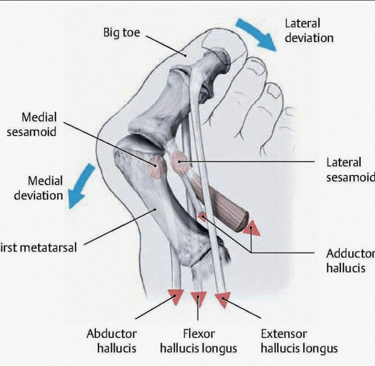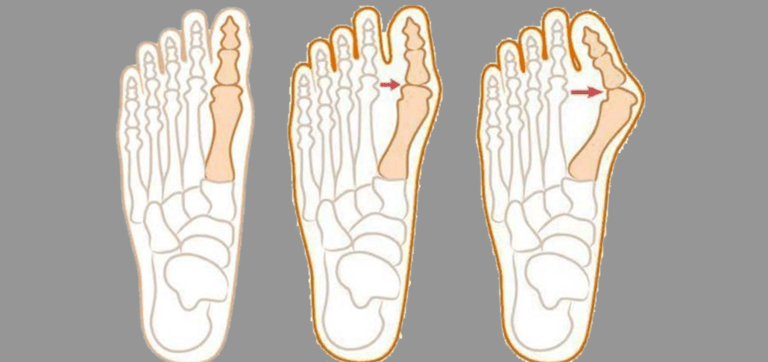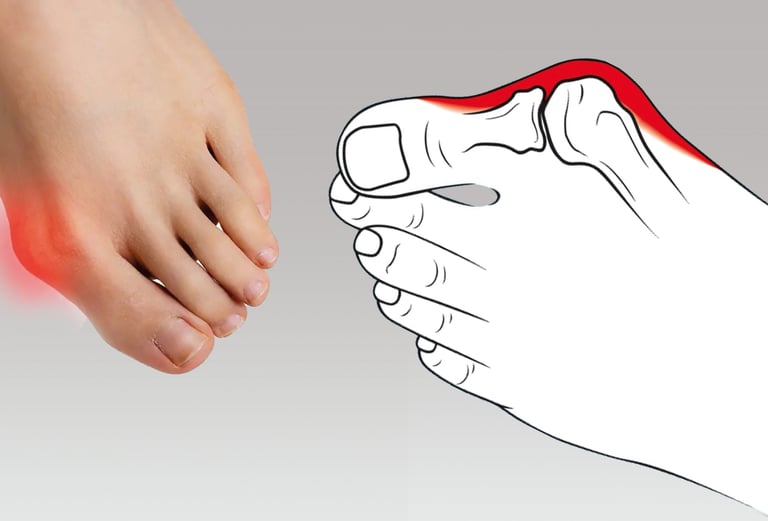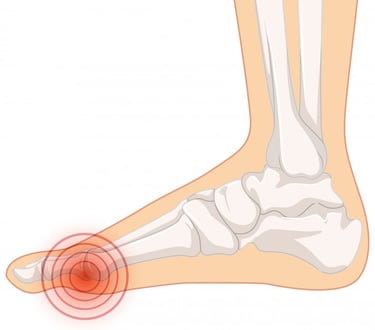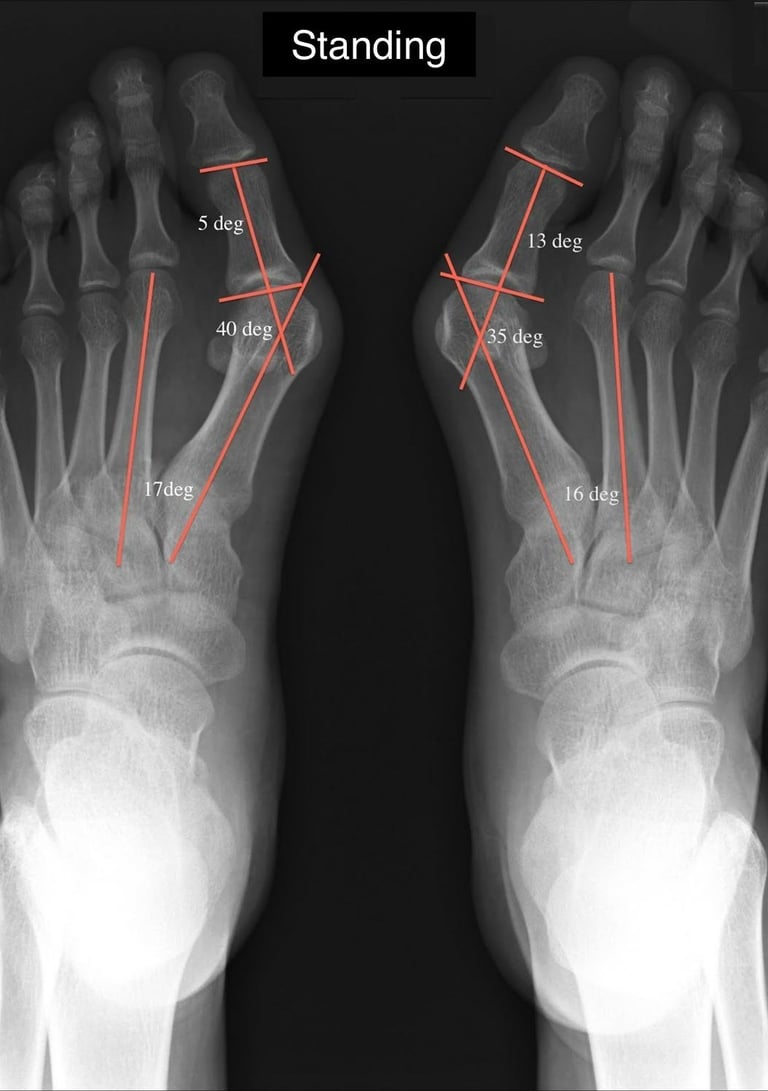

Gallery
Understanding Hallux Valgus Through Visuals: Medical X-rays & More
Explore our comprehensive image gallery dedicated to Hallux valgus—commonly known as bunions. Visual learning can make all the difference when it comes to understanding complex foot deformities. That’s why we’ve gathered a wide range of real medical images, including X-rays, clinical photos, and detailed diagrams, to help you see exactly what Hallux valgus is and how it progresses.
X-ray images provide a unique window into the underlying bone structure of the foot. By viewing these, you can easily recognize the characteristic outward shift of the big toe (hallux) and the development of the bunion at the joint. Clinical photographs showcase how the deformity looks externally, while annotated diagrams explain key anatomical features and the changes that occur over time.
Whether you’re a patient, a student, or just curious, our gallery allows you to compare different stages of bunion development, from mild to severe. You’ll see pre- and post-operative images, examples of conservative treatment devices (like toe spacers and orthotic splints), and variations in bunion appearance across different individuals.
Visual resources like these help you make more informed decisions about your own care or that of a loved one. They also make conversations with your healthcare provider clearer, since you can point out exactly what you notice in your own foot.
Use this gallery to support your understanding of Hallux valgus and explore the possibilities for management and treatment. Visual learning isn’t just helpful—it’s essential for making sense of medical conditions like bunions.



